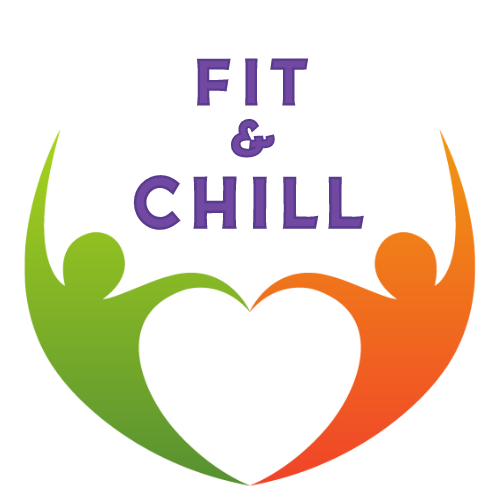Step by Step Guide
- Starting Position:
- Lie flat on your back on a mat or the floor with your legs fully extended.
- Place your arms by your sides, palms facing down for stability.
- Engage Core Muscles:
- Engage your core by drawing your navel towards your spine to flatten your lower back against the floor.
- Keep your abdominal muscles tight throughout the exercise to support your lower back.
- Lift Legs Off the Ground:
- Lift both legs a few inches off the ground, keeping them straight and together.
- Ensure your lower back remains in contact with the floor throughout the movement.
- Flutter Legs Up and Down:
- Begin fluttering your legs up and down in an alternating motion, similar to a flutter kick.
- Keep the movement controlled and rhythmical, focusing on engaging your core muscles to stabilize your body.
- Maintain Breathing:
- Breathe steadily and rhythmically throughout the exercise, inhaling and exhaling in a controlled manner.
- Avoid holding your breath, as proper breathing helps to oxygenate your muscles and maintain energy levels.
- Control the Range of Motion:
- Flutter your legs within a comfortable range of motion, avoiding any excessive arching or straining in your lower back.
- Focus on quality over quantity, ensuring each flutter is controlled and deliberate.
- Continue for Desired Duration:
- Flutter your legs for the desired duration, aiming to maintain proper form and control throughout the exercise.
- Beginners can start with shorter durations, such as 20-30 seconds, and gradually increase as strength and endurance improve.
- Lower Legs Down:
- After completing the desired duration, lower your legs back down to the starting position with control.
- Rest briefly before repeating the exercise for additional sets or duration.
Benefits of The Laying Leg Flutters
- Core Strength: Laying Leg Flutters target the lower abdominal muscles, helping to strengthen and tone this area.
- Hip Flexor Engagement: This exercise engages the hip flexors, which are important for movements involving the legs and torso.
- Endurance Building: Performing leg flutters challenges your core endurance, helping to improve overall muscular endurance and stamina.
- Improved Coordination: Coordinating the alternating leg movements improves neuromuscular coordination and control.
- Convenience: Laying Leg Flutters can be performed without any equipment, making them accessible and convenient for home workouts or while traveling.
Tips for Beginners:
- Start Slowly: Beginners should start with a slower fluttering motion to focus on form and control before increasing speed.
- Focus on Form: Maintain proper form throughout the exercise, including a flat back and engaged core muscles.
- Modify as Needed: If you experience lower back discomfort, reduce the range of motion or perform the exercise with bent knees until your core strength improves.
- Listen to Your Body: Stop the exercise if you experience any pain or discomfort and consult with a fitness professional if needed.



Leave A Comment